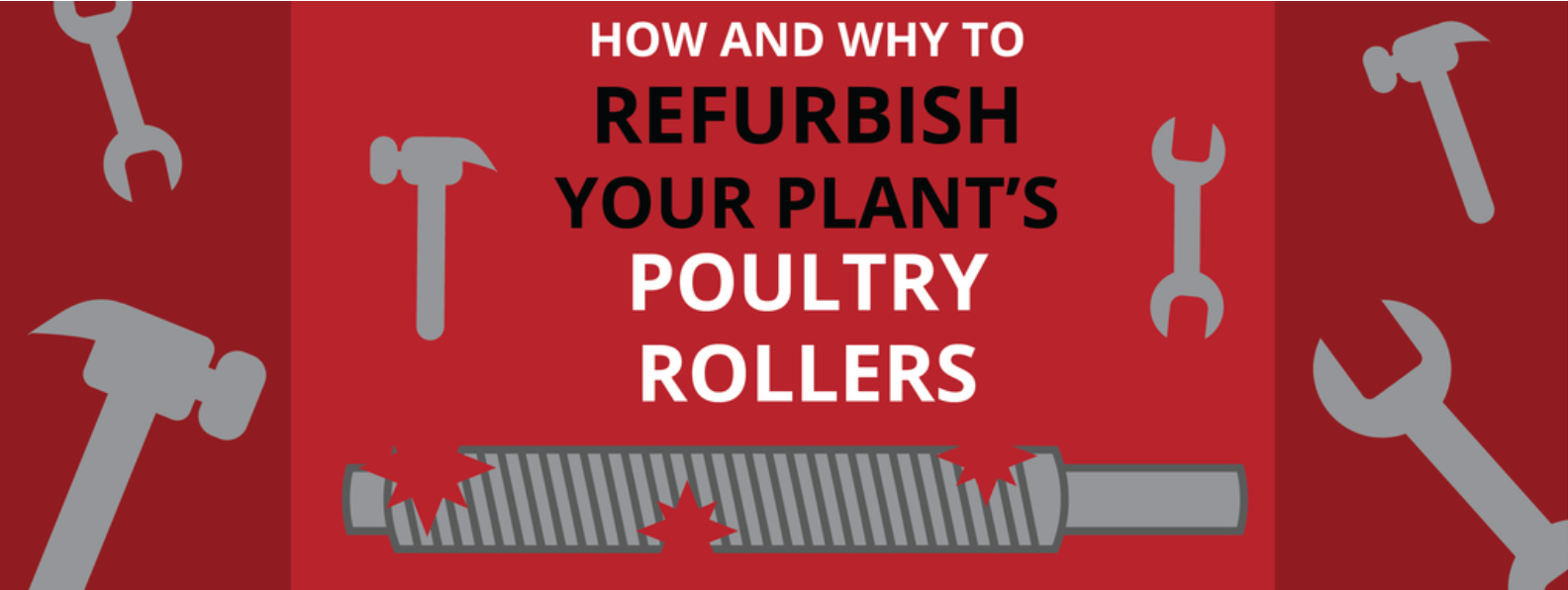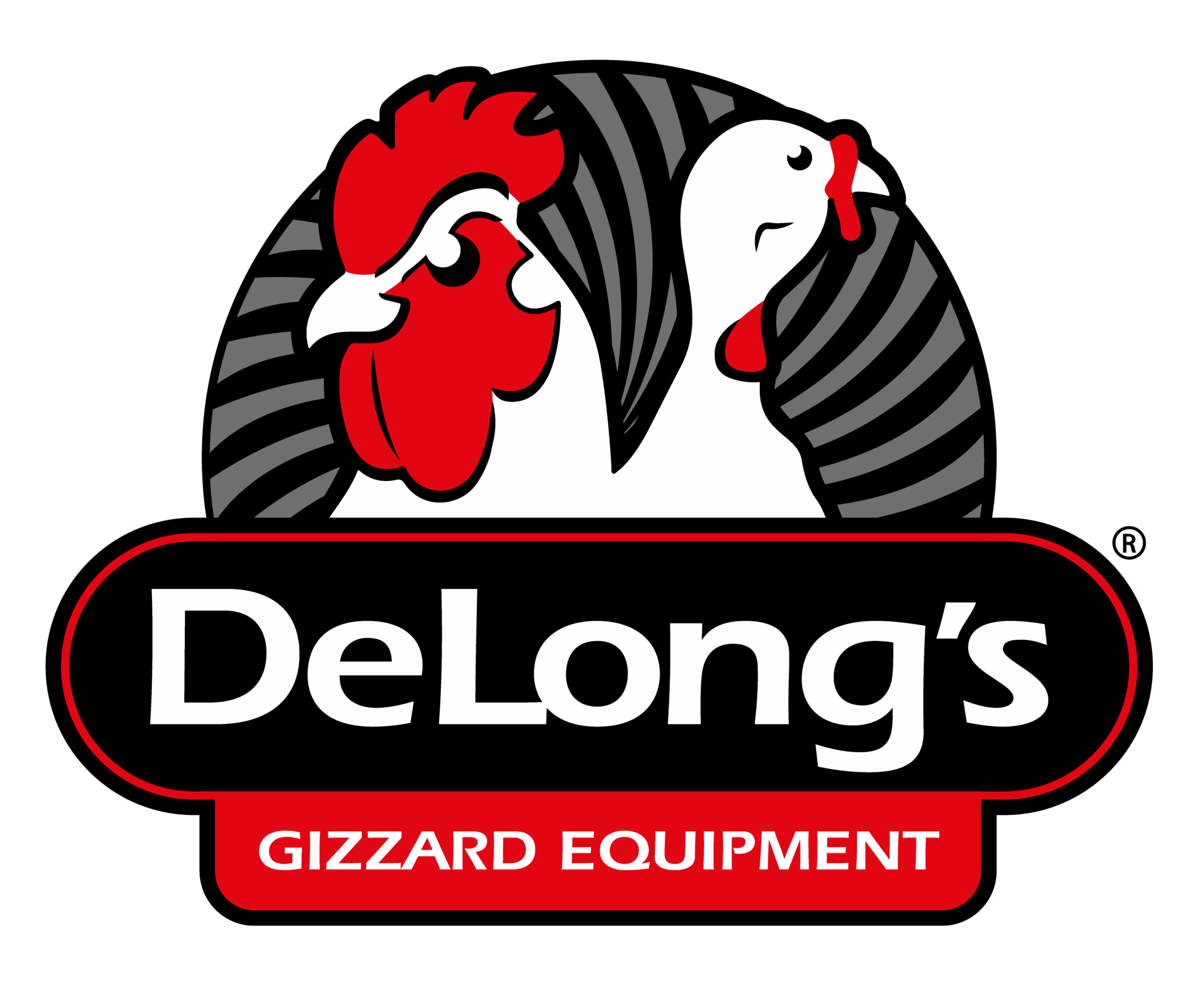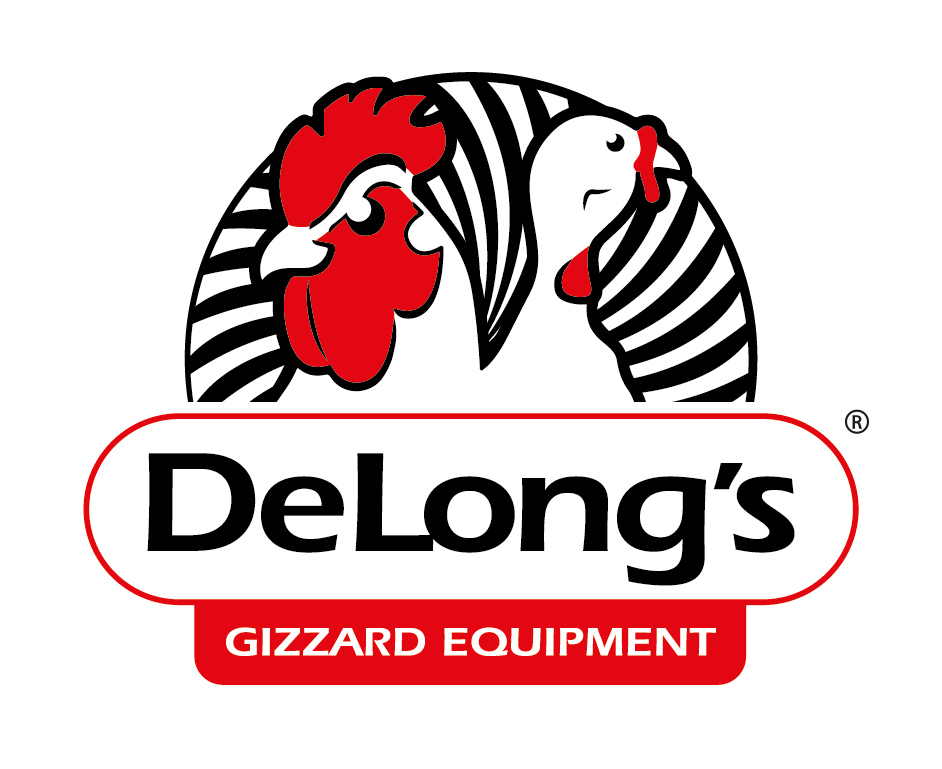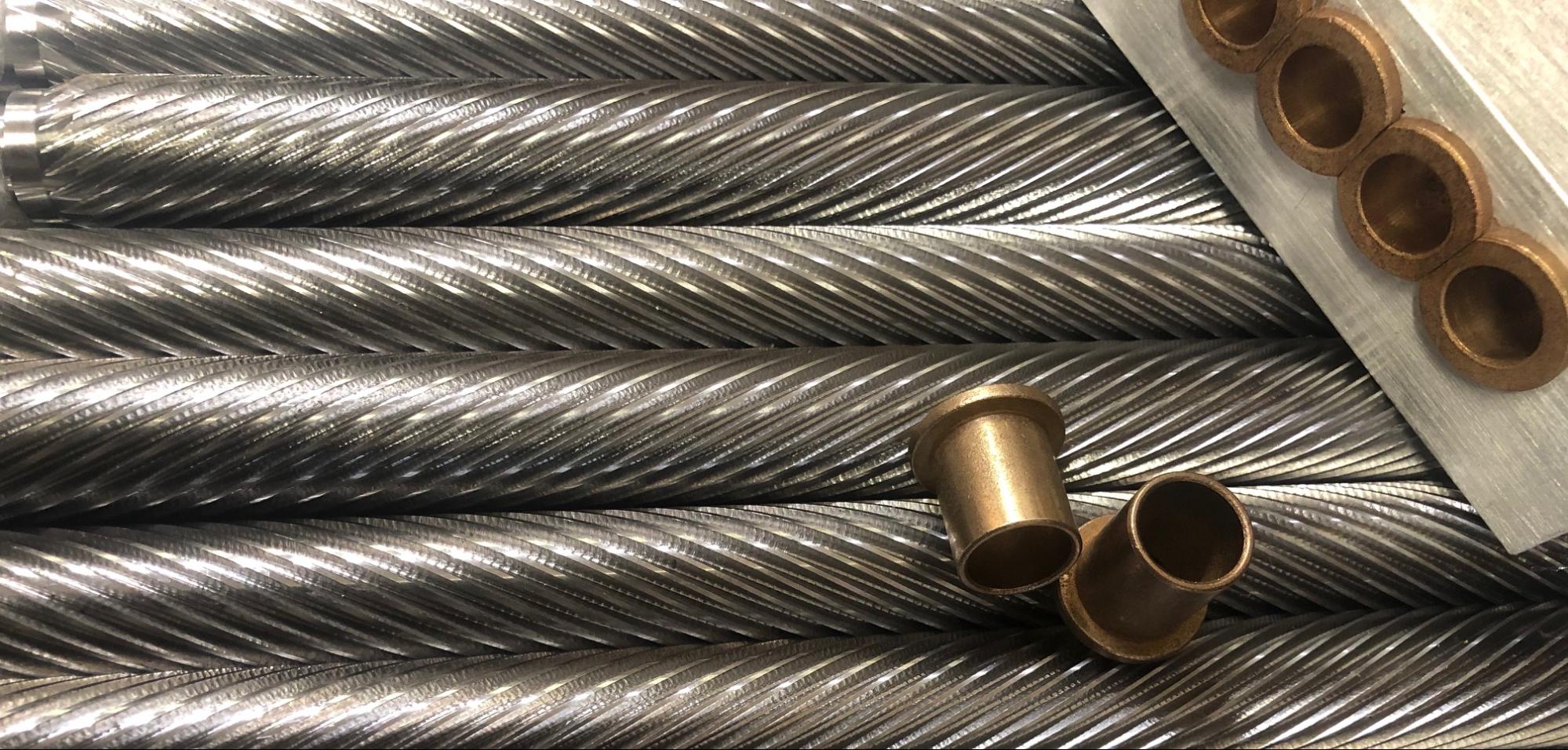
10 Oct How and Why to refurbish your plant’s poultry rollers
Unfortunately, even if you’ve taken the time to find the best rollers for your plant and have taken the time to keep them cleaned and well-maintained, all rollers will degrade over time. However, while virtually every roller will need to be replaced at some point, you can expand the lifecycle of any roller further through refurbishment.
In this blog, we’ll explore why refurbishing your plant’s rollers can be an effective solution for poultry plant managers, the benefits of refurbished rollers, and some of the most important factors to keep in mind when refurbishing.
Why You Should Refurbish Your Plant’s Rollers
In the past, all chicken part removal and evisceration had to be performed manually. Fortunately, poultry rollers now provide an efficient and cost productive method of cleaning your poultry. After a while, the rollers will feel the wear and tear of poultry processing and begin to break down.
First, it is important to understand the components of a poultry roller. The roller is comprised of a shaft, which has peels (also known as teeth) on the outside. The shaft spins and the peels dismember the chicken and remove the gizzard, membranes, etc. The roller is held in place by blocks and brass bushings that serve as sleeves to keep the roller from moving around or vibrating too much.
Although neck skinning rollers are, for the most part, the only types of rollers that can be refurbished instead of downright replaced, refurbishing your plant’s rollers is a smart choice to increase the life of your equipment and worth looking into. Here are just a few of the upsides to refurbishing your rollers.
The Benefits Of Replacing Rollers
- Longer Lifespan: Rollers that are more durable and last longer will save your company money in replacement costs.
- Greater Product Yield: This one is a no brainer. If you can process more poultry from a refurbished roller compared to one that isn’t, you’ll make more product and bring in more revenue.
- Lowered Chance of Breaking and Downtime: Rollers that have been worn down from constant use are more susceptible to break. A broken roller is useless and only drains your company of profits until a new one is installed.
- Reduced Chances of Machinery Cross Contamination: A contaminated product is unsanitary and cannot be sold. Refurbishing can assist in reducing this problem.
- Cheaper Than Replacement: In certain situations, wholesale replacement is more costly than refurbishing and can cut into profits further than simply fixing up your current rollers would.
Factors To Keep In Mind When Refurbishing
If you have decided to replace your plant’s rollers, there are a few factors to keep in mind. Here are a few elements of poultry roller restoration that you should know:
- Time Frame: Rollers in plants typically last for 6-8 weeks before they are too run down to properly process poultry. Don’t restore the roller until it has some wear on it. At the same time, don’t wait too late to restore it because it may be too late at that point.
- Type of Roller: unless it is a neck skinning roller, you probably need to replace instead of repair. Unfortunately, neck skinning rollers are the only types that can be refurbished correctly.
- Effectiveness of Rollers: At the end of the day, the plant should decide whether or not they need to refurbish their rollers. If you already have high quality rollers, definitely try to refurbish them as a way to save money. However, if there are higher quality rollers on the market and you think your plant is in need of an upgrade, let your current rollers run their life cycle and then replace them with better functioning equipment.
- Teeth Condition: The rule of thumb in the poultry processing industry in terms or roller restoration is to check the quality of the teeth. If the shaft has some damage or wear and tear but the teeth are fine, then it is time to refurbish your rollers. However, if the teeth are broken, damaged, or worn out, then restoration is no longer an option and it is time to get a replacement.
Keep in mind that, no matter how well-preserved, you will eventually have to replace your rollers. However, refurbishing them is a great way to save money and squeeze out some extra productivity from your rollers before getting new ones.
If you’re interested in learning more about poultry rollers, how they fit into your plant’s overall operation, and how you can find the best roller solution for your operation, download our free informative guide, Lifecycle of a Poultry Roller, for more information.



